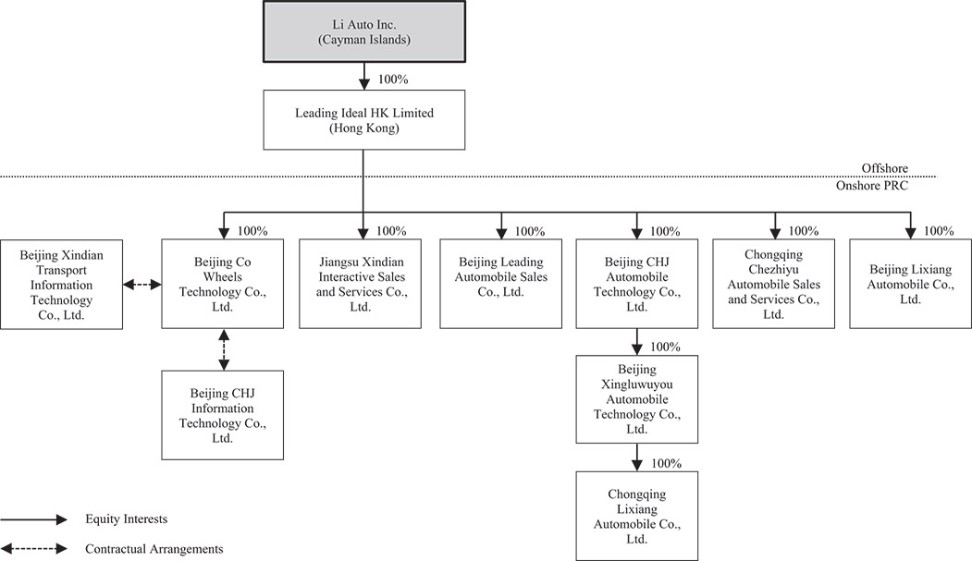Nanjing, Nantong, Suqian, Changzhou, Xuzhou, Zhenjiang, Yangzhou, Lianyungang, Suzhou, Wuxi, Kunshan, Jiangyin, Taizhou, Huai’an, Yancheng, Changshu, Liyang, Zhangjiagang, Shanghai, Hefei, Wuhu, Bengbu, Fuyang, Anqing, Chuzhou, Shiyan, Yichang, Enshi, Wuhan, Xiangyang, Shangrao, Nanchang, Ganzhou, Jiujiang, Longyan, Xiamen, Quanzhou, Zhangzhou, Fuzhou, Putian, Jinjiang, Datong, Yuncheng, Taiyuan, Tianjin, Baoding, Cangzhou, Handan, Langfang, Qinhuangdao, Shijiazhuang, Tangshan, Xingtai, Kaifeng, Anyang, Zhengzhou, Puyang, Xinxiang, Shangqiu, Xuchang, Xinyang, Pingdingshan, Zhoukou, Luoyang, Shenzhen, Guangzhou, Dongguan, Huizhou, Shantou, Zhanjiang, Foshan, Qingyuan, Zhongshan, Zhuhai, Zhaoqing, Jiangmen, Jieyang, Chaozhou, Chengdu, Nanchong, Leshan, Mianyang, Deyang, Luzhou, Yibin, Meishan, Xi’an, Yulin, Yan’an, Baoji, Weinan, Xianyang, Lanzhou, Yinchuan, Kunming, Qujing, Dali, Guiyang, Zunyi, Chongqing, Xining, Urumqi, Lhasa, Haikou, Sanya, Changsha, Changde, Zhuzhou, Xiangtan, Hengyang, Liuzhou, Guilin, Yulin, Nanning, Hangzhou, Ningbo, Wenzhou, Taizhou, Jiaxing, Shaoxing, Jinhua, Yuyao, Quzhou, Cixi, Lishui, Huzhou, Jinan, Jining, Qingdao, Yantai, Zibo, Weifang, Heze, Linyi, Dezhou, Weihai, Rizhao, Dongying, Tai’an, Harbin, Daqing, Changchun, Shenyang, Dalian, Anshan, Chifeng, Baotou, Hohhot, Ordos, Beijing, Jingzhou, and Yiwu | | 850,180 | | Retail stores, delivery centers, and servicing centers | |
